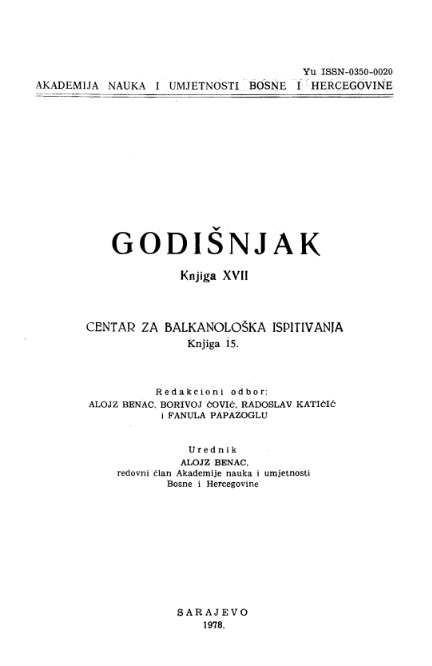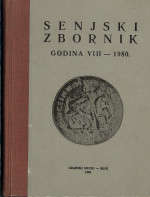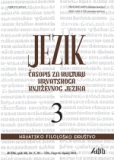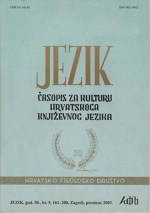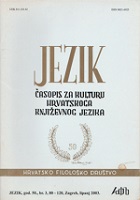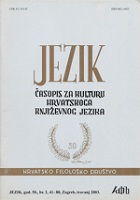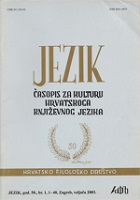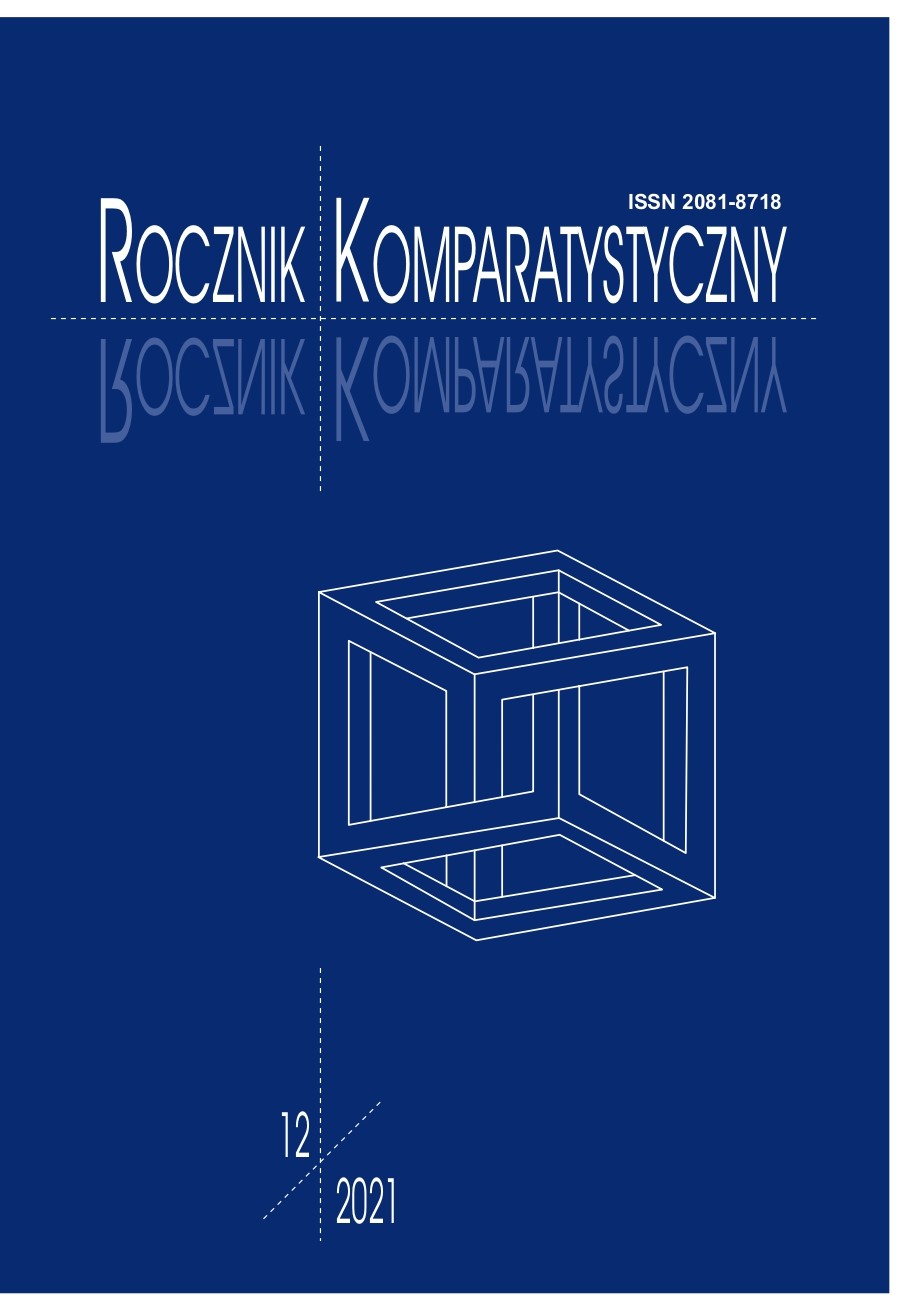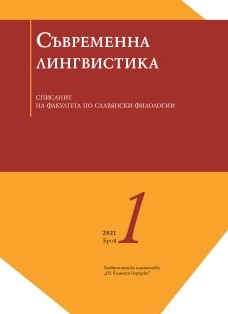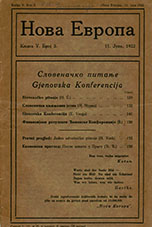
Словеначки књижевни језик
До многих неспоразума и потешкоћа долази у Југославији услед непознаванја ствари и прилика. Овамо спада, како ми се чини и питање словеначког језика. Пристајем уз израз словеначки, премда сами Словенци говоре словенски јер држим да је најзгодније да проводимо што више можемо и свуда правилне облике: југословенски, Јужни Словени, и Словени уопће, место Славени.
More...
